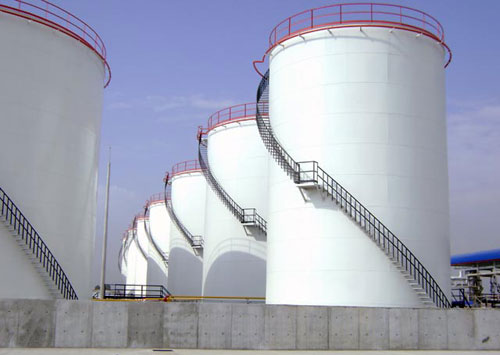Storage tanks are used widely in the oil refinery and petrochemical industries for storing different products like gases, liquids, chemicals, solids and combination of various items. Design and safety concerns concerning storage tanks have become a top priority now due to freak accidents occurring from tank failures which have caused environmental pollution and several fires and explosions. Such events can lead to risks and often fatal injuries to health and life.
Safety first for minimizing risks!
There are an ample number of risks associated with the storage of crude oil and gaseous substances in tanks as there are several hazards surrounding a tank alone. In the oil and gas industries, movement of crude and refined oil products from one place to another will not be possible without the existence of economic and safe storage facilities. Storage tanks are always located at the end of feeder lines and along the ends of gathering lines, along truck pipelines, at marine loading and unloading areas and in refineries. Oil produced in earlier days was stored in whiskey barrels, which were prone to leaking; hence, they were eventually replaced by steel storage tanks.
With the increase in the need of oil, storage tank sizes have increased with time. Crude oil is now stored in large atmospheric vertical cylindrical storage tanks above the ground at oil fields, refineries and terminals.
What are the risks associated with oil and gas storage?
Tanks should ideally be located in a solitary place, but storage tanks are often grouped in tank farms. Within tank farms, individual tanks or groups of two or more tanks are usually surrounded by a catchment area in the form of a retaining wall, known as a bund or dike. Bunds would normally be constructed from earth or preferably concrete and should be largely impervious to liquid and capable of withstanding hydrostatic and hydrodynamic pressures to which they could be subjected to.
However, the biggest risk of storing oil and gas in cylindrical tanks close to each other is the risk of the tanks bursting which will cause enormous injury, and also perhaps casualties. There can also be risks of leakage which will ultimately lead to an explosion which is extremely dangerous in nature.
In order to avoid any sort of mishap, it is better to consult one of the best industrial utility service providers in India. At Energy Plus, we understand the risks associated with installing and setting up oil and gas storage tanks. We fabricate, supply and install storage Tank for Water, Oil & Gas. Consult us for assistance and the best and risk-free industrial services that we will cater to you!

